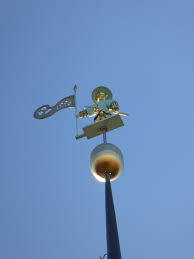The statue of “Vana Toomas,” also affectionately known as “Old Thomas,” stands as an emblem of Tallinn’s rich history and enduring spirit. Its commanding position atop the pinnacle of the Tallinn Town Hall, a structure that itself has withstood the tests of time since its construction in the early 15th century is a testament to the intertwining of architectural heritage and cultural significance.
This captivating interplay adds layers of depth and resonance to the statue of “Vana Toomas,” gracing the pinnacle of the Tallinn Town Hall. The relationship underscores how the physical structure itself—embedded within the city’s historical landscape—serves as a vessel for cultural meanings, ideals, and historical narratives.
Stepping back in time
The Tallinn Town Hall, dating back to the 15th century, stands as an architectural testament to the city’s historical achievements and ambitions. It pertained to the city’s growth, prosperity, and its status within the Hanseatic League during the 15th century. As a bustling trading city strategically located along the Baltic Sea, Tallinn was able to leverage its strategic position to become a vital hub for trade, commerce, and cultural exchange. During this era, Tallinn’s achievements included its ability to attract merchants from various parts of Europe, establishing a network of economic connections that extended far beyond its immediate borders. The city’s trading activities led to economic prosperity, infrastructure development, and the accumulation of wealth. This prosperity, in turn, fueled ambitions for growth and prominence within the Hanseatic League—an alliance of trading cities that wielded substantial influence across Northern Europe.
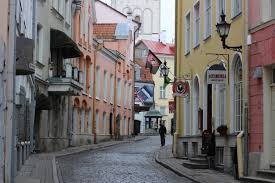
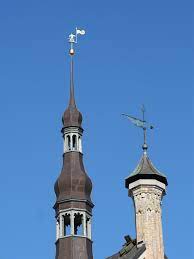
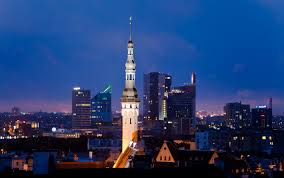
The Hanseatic League, often simply referred to as the Hanseatic League or Hansa, was a powerful and influential medieval trading alliance and confederation of cities and towns in Northern Europe.
It emerged during the late middle Ages, primarily in the 12th century. The League was formed by a diverse network of cities and towns across Northern Europe, as known as Hansa towns, including trading centers from regions such as northern Germany, Scandinavia, and the Baltic states, and lasted until the 17th century.
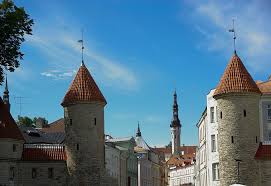

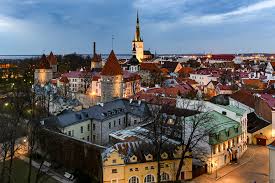
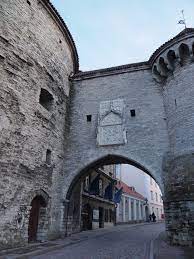
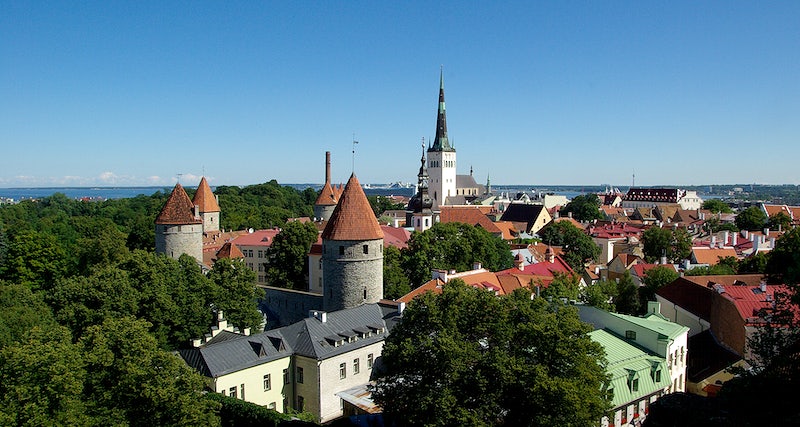
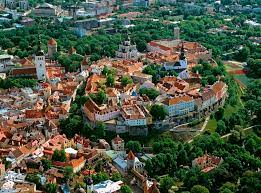
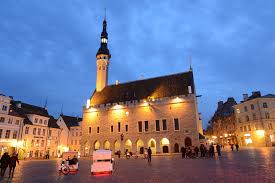
One of the primary goals of the Hanseatic League was to pool resources, negotiate favorable trading agreements, and collectively defend the interests of its member cities. Through this collective strength, the league aimed to secure safe trade routes, reduce trading barriers, and maintain a level of stability that was often challenging to achieve for individual cities. The league’s activities extended beyond commerce, encompassing matters of mutual defense, legal agreements, and cultural exchange. The Hanseatic League had a significant impact on the economies and societies of its member cities. It facilitated the exchange of goods, ideas, and technologies, fostering economic growth and cultural interaction. It also played a role in shaping the political landscape of the time, with some member cities gaining influence and power through their participation in the league.
Tallinn, known historically as “Reval,” was one of the cities that thrived within the Hanseatic League. This name was given due to its historical ties to German-speaking communities and its role as a prominent trading center within the Hanseatic League. The name “Reval” is thought to have its origins in the Middle Low German language, which was commonly used for communication and trade among the Hanseatic cities. As a member of the Hanseatic League, Tallinn engaged in extensive trade with other German-speaking cities, and this linguistic connection led to the adoption of the name “Reval” as a variant of Tallinn’s name.
The transition from the historical name “Reval” to “Tallinn” began during the early 20th century, specifically after Estonia declared its independence from Russia in 1918. The change in the city’s name was part of a broader effort to establish a distinct national identity and emphasize the Estonian language and culture.
The name “Tallinn” has its roots in the Estonian language and is believed to be derived from the Estonian words “talu” (farm) and “linn” (town), roughly translating to “Town of the Farm.” This change in name reflected the newly independent Estonia’s desire to break away from its historical ties to Germanic-speaking communities and assert its own identity.
While the process of adopting “Tallinn” over “Reval” took place over a period of time, the change became more widely accepted and official as Estonia solidified its independence. By the time Estonia gained international recognition as a sovereign nation in the aftermath of World War I, the name “Tallinn” had become the prevailing name for the city, replacing the historical moniker “Reval.”
“Vana Toomas” statue takes on a role beyond mere ornamentation. Its placement isn’t arbitrary; rather, it’s a deliberate choice that reinforces the historical and cultural narrative of the city. As a sentinel-like figure, the statue embodies the virtues of vigilance, protection, and civic duty that were fundamental to the town guards of Tallinn. This embodiment transforms the statue into a living representation of the city’s identity and collective consciousness. Just as the Town Hall’s architecture mirrored the city’s aspirations, the statue amplifies those aspirations, visually declaring Tallinn’s commitment to safeguarding its values and interests.
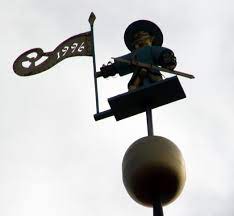
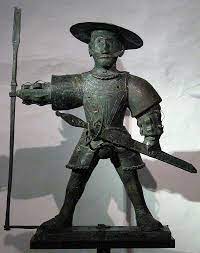
Old Thomas
Thus, the “Vana Toomas” statue atop the Town Hall becomes more than a physical object—it becomes a bridge between the past and the present, between architecture and culture. The statue’s watchful gaze encapsulates the historical ethos of Tallinn, embodying the enduring values and ideals that the city held dear. The towering Town Hall, with the sentinel statue crowning its summit, speaks to the harmonious fusion of architectural grandeur and cultural depth that define Tallinn’s historical and contemporary narrative. This intertwining demonstrates how physical structures can become conduits for cultural expressions, weaving stories of resilience, continuity, and shared identity through the fabric of architecture.
The statue’s choice of material, weathered limestone, further deepens its connection to Tallinn’s history and resilience. This locally sourced and sturdy material was a reflection of the city’s practicality and resourcefulness, much like the town guards themselves, who diligently patrolled the city’s streets and fortifications. The selection of limestone was more than a matter of practicality—it was a deliberate homage to the enduring spirit of Tallinn and its ability to weather the storms of time. The statue’s resilience mirrored that of the city it watched over, both standing firm against the ravages of time and the challenges of history.
The placement of the “Vana Toomas” statue on the Tallinn Town Hall tower, reaching 65 meters into the sky, served as a visual declaration of the city’s autonomy and self-governance. Perched high above the bustling activities of the town square, the statue’s elevated position mirrored the ideals of Tallinn’s self-reliance and its ability to stand as a guardian of its destiny.
Today the statute holds a commanding presence that can be seen from various vantage points across the city. Its strategic elevation grants it significant visibility, making it a distinctive landmark and a visual focal point for both locals and visitors.
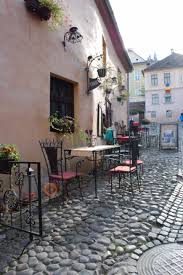
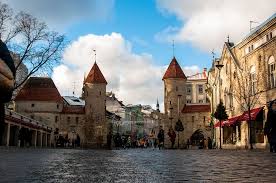
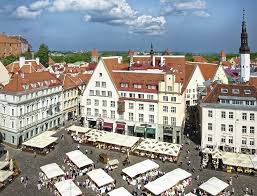
From a distance, one can catch glimpses of the “Vana Toomas” statue as they approach the Tallinn Old Town from different directions. The statue’s elevated position on the Town Hall tower, which stands well above other rooftops, making it visible from several streets, squares, and even nearby elevated areas.
Events that take place around the statue often reflect the city’s historical and cultural celebrations. The square where the Tallinn Town Hall is situated serves as a central gathering point for various festivities, markets, and public gatherings. During festivals, such as Tallinn Old Town Days or Christmas markets, the area around the statue becomes a vibrant hub of activity, featuring traditional performances, artisan stalls, and cultural exhibitions that showcase Tallinn’s rich heritage.
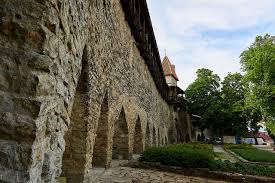
Tallinn’s Old Town is like a living storybook, filled with echoes of the past. Its cobblestone streets and medieval buildings create a charming atmosphere that takes you back in time. Tourists love visiting this UNESCO World Heritage site because of its magical feel and historical beauty. And right at the heart of it all, the “Vana Toomas” statue stands tall, adding a special touch that makes the Old Town even more captivating.



